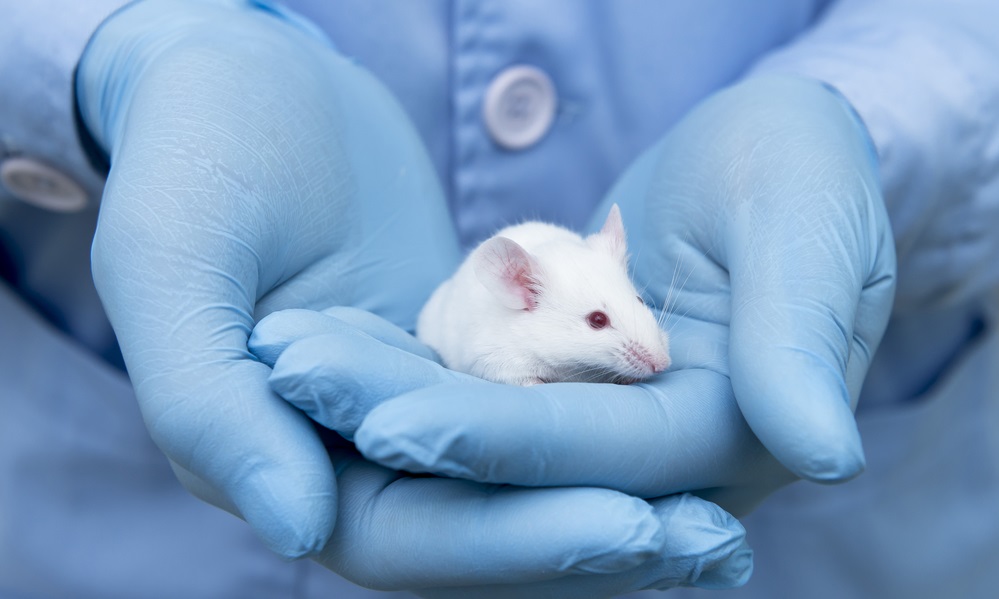The figures come from the recently published Annual Report on Animal Experiments 2020. The number of animal experiments fell by one fifth over the past year.
But the figure is a little misleading since there was a massive increase by nearly 40 per cent in 2019, after a steady drop in animal experiment numbers lasting several years. Long-term, the number of animal experiments at WUR tends to fluctuate around the 55,000 mark.
Fish monitoring
Nearly three quarters of all animal experiments at WUR are done on fish, mostly in the form of fish monitoring by Wageningen Marine Research. WUR is tasked by the Dutch government with monitoring the fish stocks in the North Sea and catches fish in the process. Since 2015, these fish have been counted as animals used for testing. The numbers fluctuate considerably from year to year. Last year, 40,000 fish were caught.
Several animal experiments can be carried out on a single animal
Guus Baarends, Facilities and Services
Fish are top of the list of lab animals in university research as well. More than half of the university’s 8108 animal experiments were conducted on fish. Fish were followed by chickens, pigs and cows. ‘But the number of test animals is lower than the number of animal experiments,’ explains Guus Baarends (Facilities and Services). ‘Several animal experiments can be carried out on a single lab animal.’
| University | Research | WUR | |
| fish | 4465 | 40400 | 44865 |
| chickens | 2359 | 6357 | 8716 |
| cows | 222 | 2240 | 2462 |
| rodents (mice, rats, guinea pigs, etc.) | 273 | 1490 | 1763 |
| pigs | 655 | 1243 | 1898 |
| Syrian golden hamster | 0 | 677 | 677 |
| other | 134 | 820 | 954 |
| total | 8108 | 53227 | 61335 |
The number of animal experiments per animal
A new animal in the lab at Wageningen Research is the Syrian golden hamster, which has been used in 677 experiments in the context of coronavirus research. Tests proved that golden hamsters were the best model animals for humans, and they were used for testing vaccines.
| University | Research | WUR | |
| 2015 | 8983 | 45174 | 54157 |
| 2016 | 7221 | 48720 | 55941 |
| 2017 | 6550 | 44645 | 51195 |
| 2018 | 10000 | 46502 | 56502 |
| 2019 | 13161 | 64627 | 77788 |
| 2020 | 8108 | 53227 | 61335 |
Number of animal experiments in the past six years
The experiments cause the vast majority of the animals only ‘slight discomfort’, from such interventions as taking blood just once. But the number of animal experiments causing more serious discomfort is increasing sharply. At Wageningen Research, four out of 10 animal experiments already come under the category ‘moderate discomfort’. That is four times more than five years ago. Moderate discomfort is that caused by surgical procedures, for example, or the temporary isolation of social animals.
Adoption
Once a lab animal, always a lab animal – in theory. But a small number of lab animals do get pensioned off – like the 22 cats that were put up for adoption last year after seven years of faithful service. After a careful adoption procedure, they went to new homes, mainly with WUR staff.

 Photo Shutterstock
Photo Shutterstock 




